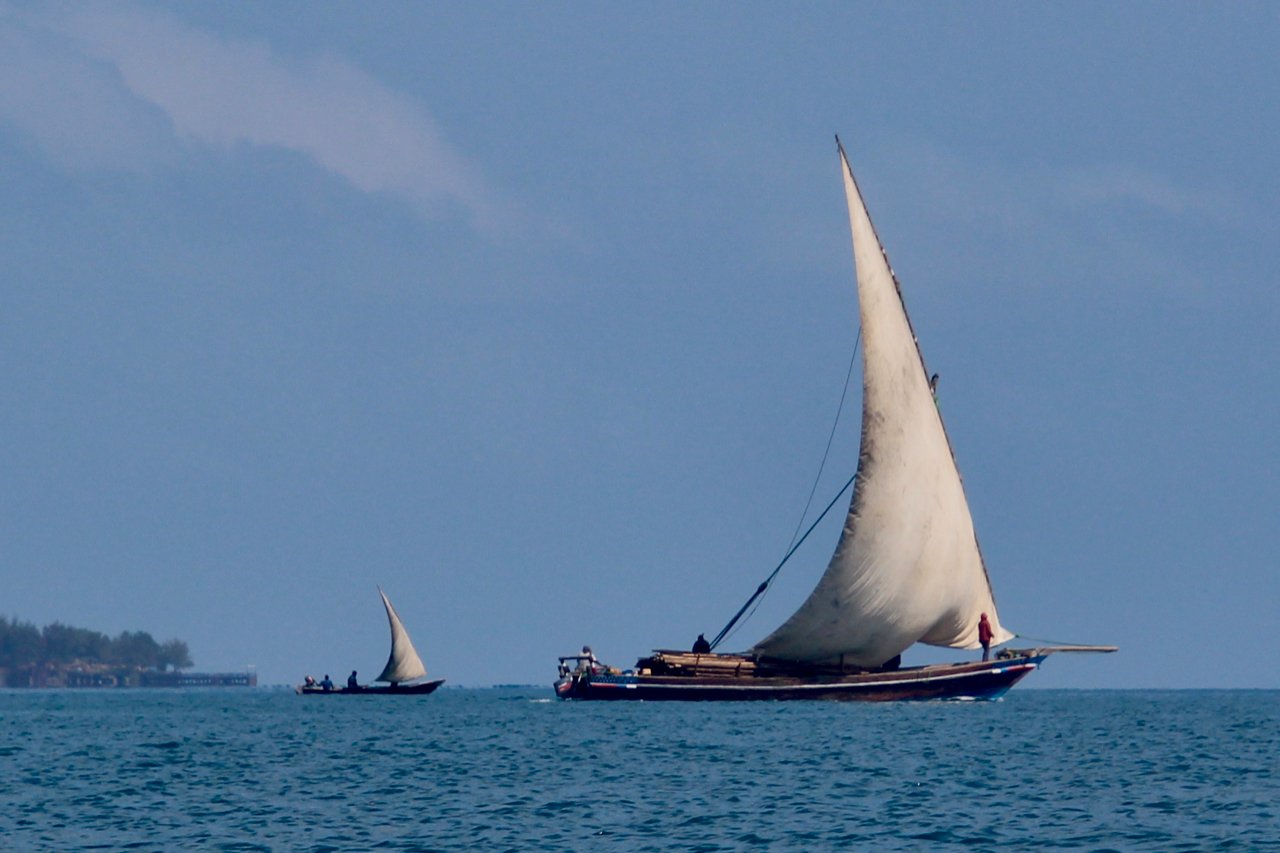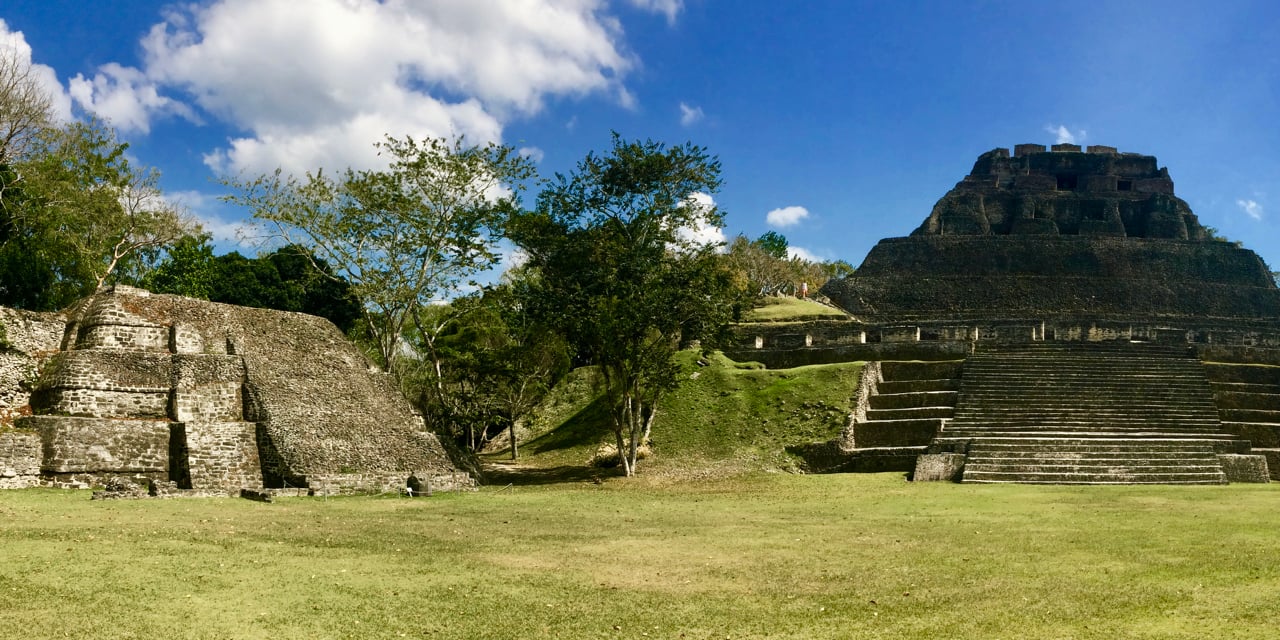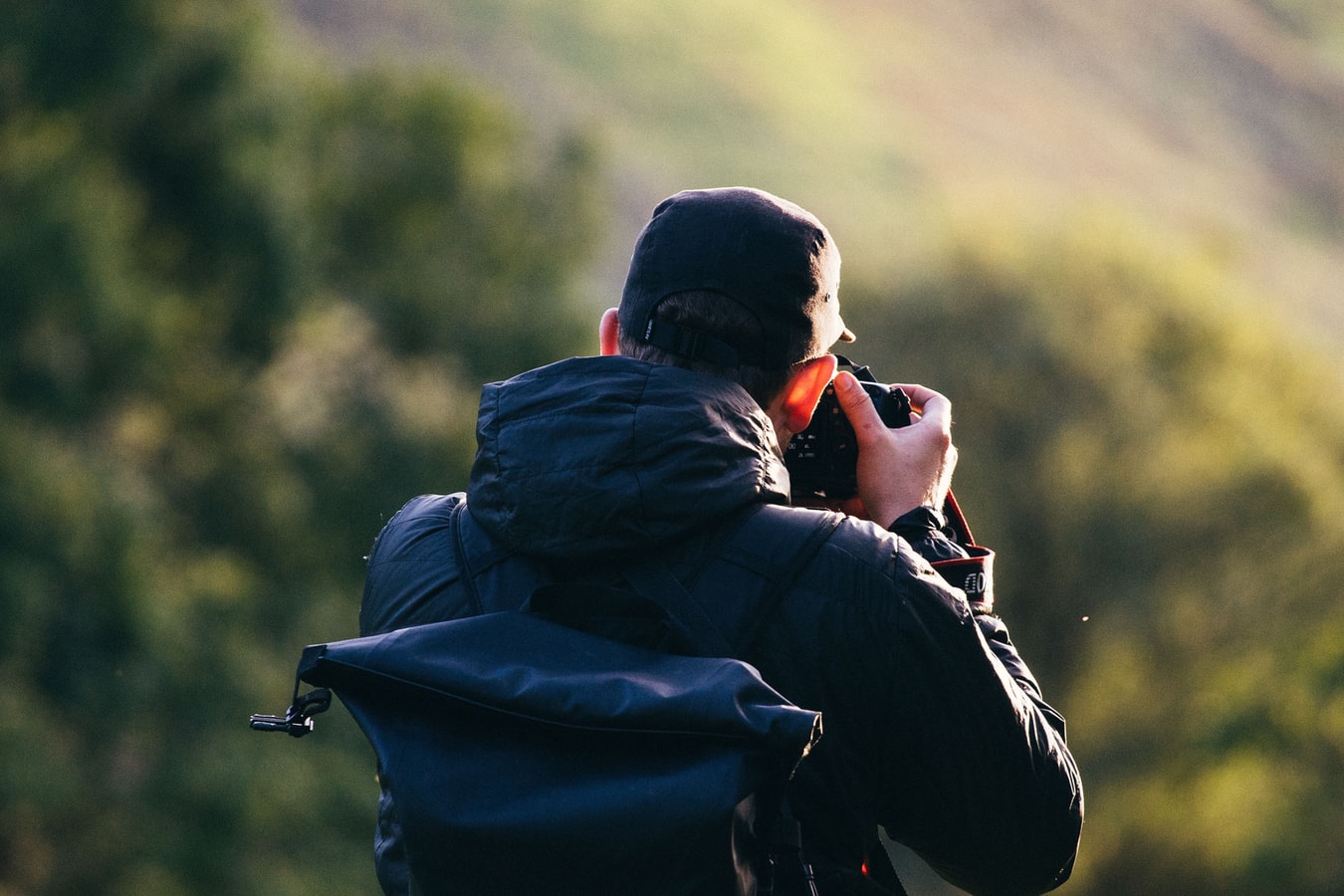Travel photography - the very term conjures up one of the most beloved and sought-after aspects of travel: our ability to capture visual stories of places and share them with the world, transporting our audience to the place we ourselves have been. It is said that “a picture is worth a thousand words”, and nowhere is this as true as in travel photography. No, we can’t capture all the senses of smell, sound and others in a photo, but one well taken can tell a rich story of the place and people in the frame. But how can we take the most epic photos possible while traveling? Read on as we explore how to get started!

Three Types of Travel Photographers and Their Gear
With such rapid advances in photo technology, the photography gear landscape continues to change rapidly. Below are three ways of looking at photographers and their gear that can be a helpful guide for you the reader. Many types of cameras are out there on the market, fundamentally divided into three types for the purposes of this blog: cell phone cameras, and standard cameras with fixed (non-removable) versus interchangeable lenses. Each camera will appeal to travel photographers of different value sets and levels of expertise!
Though all cameras (and the camera apps of cell phones now available) have many features, the fundamental aspect to keep in mind is resolution as measured in megapixels (MP): how many million pixels an image produces.
The Cellphone Camera Minimalist
This photographer seeks maximum portability and the latest spartan gadgetry. Cell phone camera technology is advancing rapidly, and you can get more out of a camera phone now than ever! Add to this a cell phone lens kit and ultralight tripod, and you’ve got the makings of a portable and quality photography setup that will capture your trip with unparalleled convenience. These cameras have 12 - 16MP, which is good for closeup to moderately distant subjects.
The Fixed Lens Bridger
The Fixed Lens Bridger is after the convenience of not changing lenses, but wants to get a wider variety of shots. Many types of cameras are out there on the market, fundamentally divided into two types: those with fixed (non-removable) versus interchangeable lenses. These cameras can be a perfect blend of convenience and image quality, as well as the ability to zoom in on your subject. Both pocket sized point-and-shoot cameras, as well as those with a body and prominent lens, fall into this category.
These cameras use digital and optical zoom to create higher quality images, with 18+MP plus being common. EASY to use, these cameras can snag awesome photos up close or far away, but lack some of the quality available from true DSLR cameras … read on.

The DSLR Trophy Seeker
The Trophy Seeker, after the best of the best, will have a DSLR (Digital Single Lens Reflex) in hand, along with several lenses. “Kit lenses” often come with the camera body, and include something along the lines of an 18-55mm and 55-220mm, as well as a set of accessories. These lenses, along with learning some manual settings introduced in “How To Shoot” below, will empower you to capture a wide variety of subjects and scenes, from wildlife, to ethnography (taking photos of people), to night scenes and more. Taking this route requires some education, but is well worth the time and effort required!
Equipment and Experience
So, we all want the awesome travel pics of our dreams … that’s a fact. But another fact? It takes a while to get to know our photo equipment! Lots of photography supply stores offer classes, and they’re available online too. Work on your expertise before your trip, so you’re ready to get the awesome shots when you’re actually on it.
Make sure your equipment that fits the trip: as in, an iPhone isn’t going to be a good choice for a safari. There are some all-in-one DSLR lenses out there, including ones that go all the way from 18mm to 300mm. Most kit lenses (as mentioned above, being the two 18-55mm and 55-220mm) are good for most trips, including having one of at least 220mm for a safari where you’ll be shooting wildlife from far away.
Going to the wet tropics? Strongly consider a waterproof camera! Bring extras of everything: batteries and SD cards, lens and back caps, the list goes on! If you plan on taking long exposure - or long distance telephoto - shots, a compact tripod is a must. See here for travel photography packing tips.














